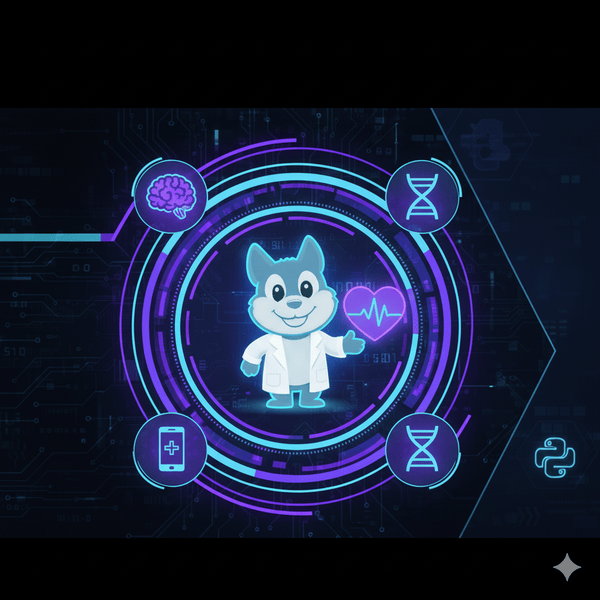
Why Golang is the Best Choice for AI-Powered Healthcare App Development
- ashitha M
- Technology
- 2025-10-21 16:27:33
- 2110K
In the rapidly evolving world of healthcare, mobile applications have become integral to improving patient care, streamlining hospital operations, and facilitating better communication between patients and healthcare providers. The integration of artificial intelligence (AI) into these apps is a game-changer, offering personalized care, predictive analytics, and real-time decision-making.
However, building AI-powered healthcare apps comes with its own set of challenges. One of the most crucial aspects is choosing the right programming language that balances performance, scalability, and ease of development. Golang (or Go) has emerged as a top contender for this task. In this blog, we’ll explore why Golang is the best choice for developing AI-powered healthcare solutions.
What Makes Golang Ideal for AI Development?
Golang is a statically typed, compiled programming language designed by Google to address the challenges of modern software development. Known for its simplicity, performance, and scalability, Golang is particularly well-suited for AI and machine learning (ML) applications. But how does it stand out in the competitive landscape of AI-powered healthcare apps?
Here are the key reasons why Golang is a perfect fit for AI in healthcare:
Performance and Speed
One of Golang's standout features is its exceptional performance. Unlike interpreted languages like Python, Go is a compiled language, meaning it is translated directly into machine code. This makes it significantly faster and more efficient, especially when handling the complex computations required for AI and machine learning tasks. In healthcare, where real-time decision-making and low-latency responses are critical, Golang’s speed can enhance AI-powered features such as real-time patient monitoring, predictive analytics, and medical image processing.
By leveraging Golang’s efficiency, healthcare applications that require rapid data processing, such as those built with Golang for AI Development, can provide more immediate insights into patient conditions, helping doctors make timely decisions.
Concurrency Made Easy
Concurrency is essential when building scalable, multi-tasking systems. Golang’s concurrency model, based on goroutines (lightweight threads), makes it easy to handle multiple tasks simultaneously. In healthcare apps, where tasks such as processing large sets of patient data, running machine learning models, and updating patient records all need to happen at once, Golang’s goroutines allow for efficient and scalable performance without bottlenecks. This ability to handle concurrency seamlessly is critical when building AI-powered healthcare solutions that need to process vast amounts of data in real-time.
Scalability for Growing Healthcare Data
Healthcare is an industry that generates an immense amount of data, from patient records and medical images to diagnostic results and real-time sensor data from wearables. Building an app that can handle this ever-growing volume of data requires a language that can scale efficiently. Golang is built with scalability in mind, making it ideal for developing healthcare apps that can grow with the increasing demands of data and users.
Whether it’s managing the growing volume of telemedicine consultations or processing large data sets for predictive health models, Golang ensures that the app infrastructure can scale without compromising on performance. This scalability is essential in healthcare mobile app development, where the volume of data will continue to increase as more healthcare providers and patients embrace digital solutions.
AI and Healthcare: How Golang Can Drive Innovations
AI’s potential in healthcare is vast, ranging from predictive analytics and personalized treatment plans to medical image analysis and real-time monitoring. Let’s explore how Golang can power these AI-driven healthcare innovations:
Predictive Analytics for Better Patient Care
AI-powered healthcare apps can predict potential health risks, such as the likelihood of a patient developing chronic conditions like diabetes or cardiovascular diseases. Golang’s performance enables healthcare providers to run complex algorithms that analyze historical data and real-time patient information to forecast potential outcomes.
Using machine learning libraries in Go, developers can build models that predict patient conditions based on vast datasets, which can assist doctors in providing personalized care and timely interventions. For example, Golang can power apps that analyze a patient’s genetic data, lifestyle, and environmental factors to predict health risks and recommend preventive measures.
Medical Image Processing
Another area where AI excels in healthcare is in the field of medical image processing. Golang’s speed and concurrency allow it to process large sets of medical images, such as MRIs, CT scans, and X-rays, in a fraction of the time it would take with other languages. Machine learning models can be trained to identify abnormalities like tumors or lesions in images, assisting doctors in making faster and more accurate diagnoses.
By leveraging Go’s powerful libraries and AI frameworks like Gorgonia and GoLearn, healthcare apps can be developed to handle real-time image processing, enabling quicker and more accurate results for both medical professionals and patients.
Real-Time Patient Monitoring with AI
Wearables and IoT devices are becoming increasingly common in healthcare, providing real-time data on everything from heart rate and blood pressure to glucose levels and oxygen saturation. Golang’s ability to manage concurrent tasks efficiently makes it perfect for real-time patient monitoring systems. These systems collect, process, and analyze patient data in real-time, triggering alerts when certain thresholds are crossed.
For instance, if a patient’s heart rate increases significantly or if their blood sugar levels fall below a certain point, an AI-powered app built with Golang can instantly alert healthcare providers or even the patient themselves, enabling timely interventions.
Why Choose Golang for Healthcare App Development?
Beyond the technical advantages, Golang offers several practical benefits for healthcare app development:
Developer Productivity
Golang’s simplicity and easy-to-learn syntax mean that developers can quickly get up to speed and build efficient applications without a steep learning curve. This is especially important in a fast-paced industry like healthcare, where app development needs to be agile and adaptable. The straightforwardness of Go reduces the chances of errors and accelerates the development process.
Security
Data security is a top concern in healthcare, and Golang offers built-in tools to help secure apps from vulnerabilities. With Golang, developers can implement robust security protocols such as TLS/SSL encryption, authentication, and authorization mechanisms to protect sensitive patient data in line with healthcare regulations like HIPAA and GDPR.
Cross-Platform Compatibility
Although Golang is primarily used for backend development, it can easily integrate with mobile front-end technologies such as Flutter or React Native, enabling seamless mobile healthcare apps for both iOS and Android platforms. This flexibility ensures that the same powerful backend infrastructure can support a wide range of devices and users.
Conclusion
The integration of AI in healthcare is revolutionizing patient care, operational efficiency, and healthcare decision-making. By choosing Golang for developing AI-powered healthcare apps, you’re ensuring that your applications are fast, scalable, secure, and capable of handling complex tasks with ease. Whether it’s for predictive analytics, medical image processing, or real-time monitoring, Golang is the perfect programming language to power the next generation of intelligent healthcare solutions.
As AI continues to evolve, Golang’s performance and simplicity will only become more valuable in the development of innovative healthcare apps that save lives, improve outcomes, and streamline medical processes.
Leave a Reply
Please login to post a comment.





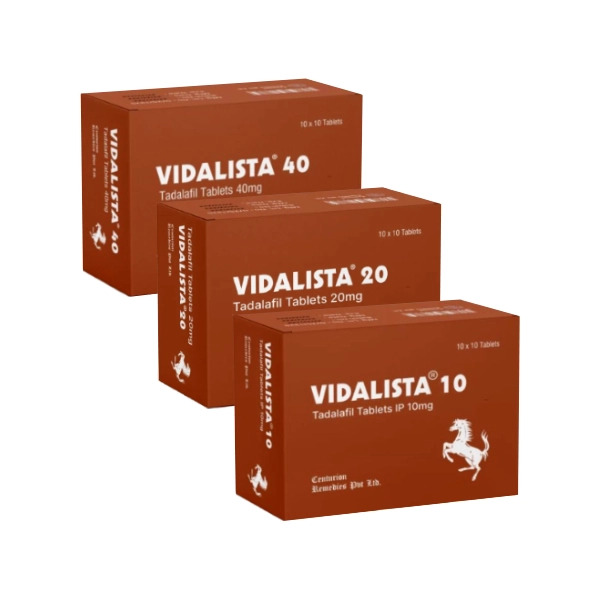
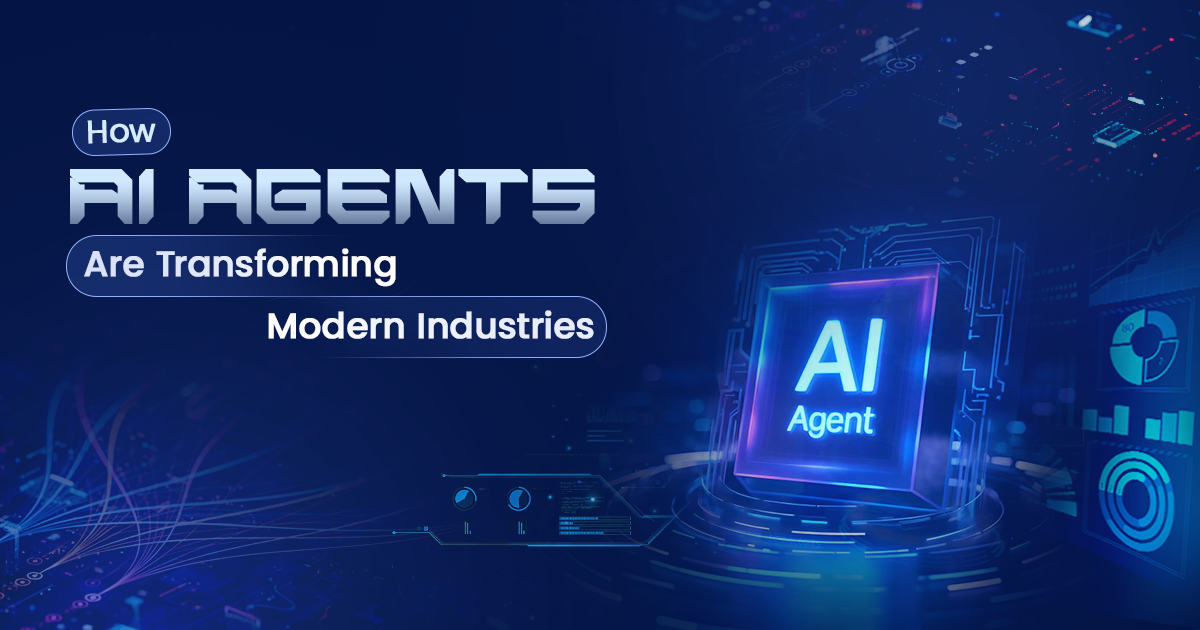
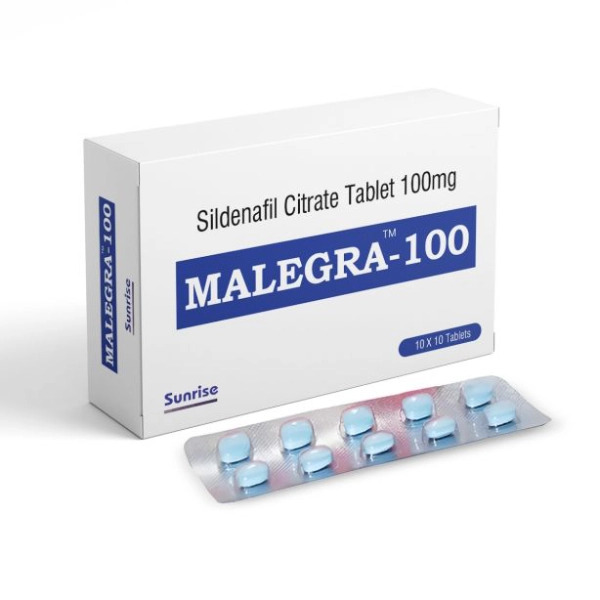
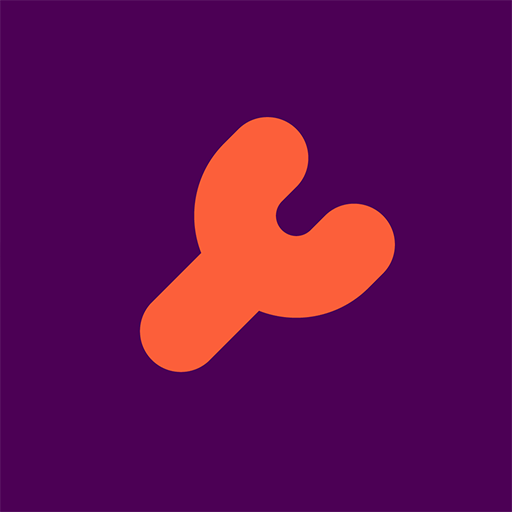
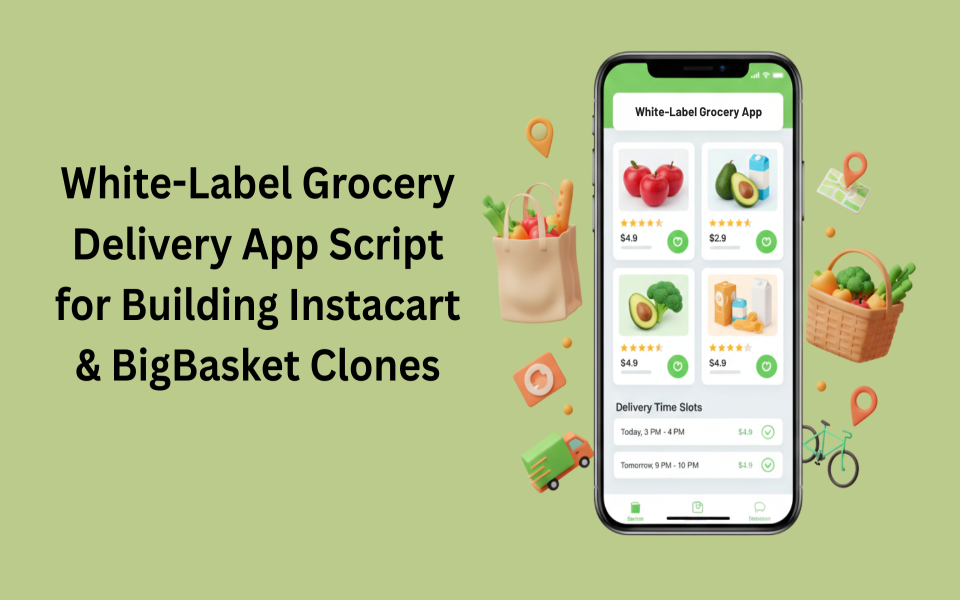

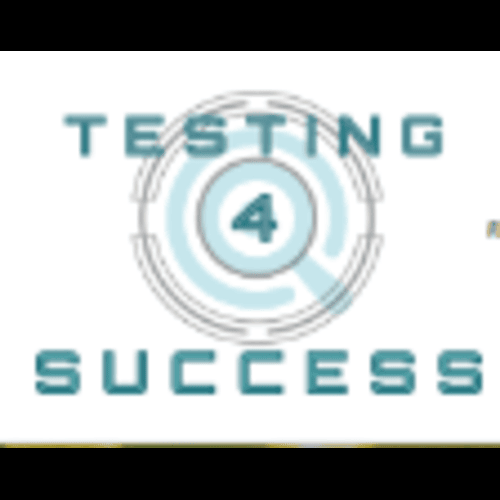
0 Comments